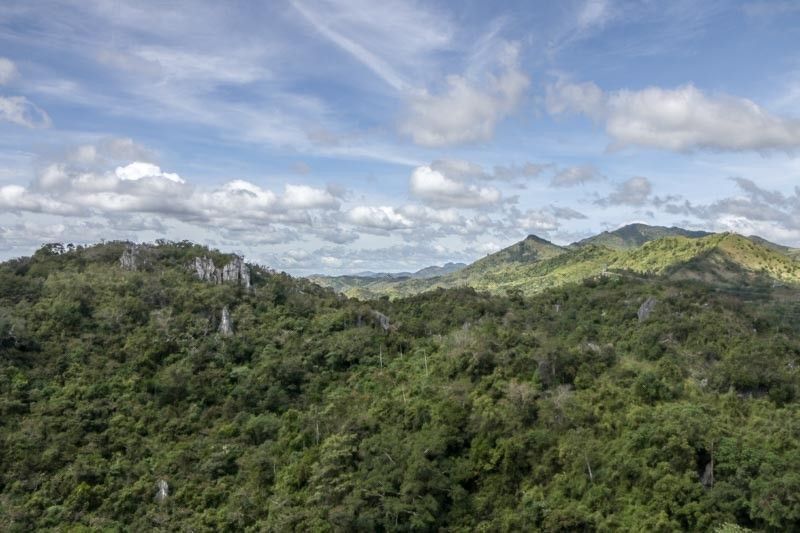Philippines joins push to protect at least 30% of planet's land, oceans

MANILA, Philippines — Environmentalists lauded the biodiversity-rich Philippines for joining the coalition that aims to protect and conserve at least 30% of the planet’s land and oceans by 2030.
The Philippines joins Cambodia, Japan, India, Bhutan, Nepal, Pakistan, Sri Lanka, Bangladesh, and Papua New Guinea as the Asian members of the High Ambition Coalition for Nature and People.
Co-chaired by Costa Rica, France and the United Kingdom, the HAC is an intergovernmental coalition of over 100 nations that have committed to champion the ambitious 30x30 biodiversity target that will not only help address biodiversity loss but also mitigate the impacts of climate change.
“With the majority of the 30x30 SEA Coalition members coming from the Philippines, we are grateful that our government leaders are heeding not just the call of the masses but also what science is telling us on the need for this high ambition for our planet,” said Jamie Dichaves, 30x30 SEA campaign lead.
Conservationists said the Philippines, one of the world’s 17 megadiverse countries, has an important role to play in leading the conservation of nature.
“The Philippines is a respected leader regarding biodiversity conservation, and their participation in this intergovernmental coalition sends a strong message not only across the region, but across the planet, about the importance of protecting more of our natural world,” said former US Senator Russ Feingold, chair of the Campaign for Nature’s Global Steering Committee.
Tony La Viña, associate director for Climate Policy and International Relations of Manila Observatory and former environment undersecretary, said the participation of the country “demonstrates exactly the type of leadership and commitment we need.”
At the COP15 biodiversity talks next month, nearly 200 countries will meet in the Canadian city of Montreal to hammer out a new global biodiversity framework. The draft framework includes the 30x30 commitment as well as efforts to slash plastic and agricultural pollution.
Key biodiversity areas
The development should also prompt authorities to include Key Biodiversity Areas in the current coverage of conserved areas preserved by laws and policies, said Neil Aldrin Mallari, president of Center for Conservation Innovation PH.
A total of 224 KBAs that shelter vulnerable and irreplaceable species have been identified across the archipelago. More than half of these areas are outside of the current PA network, but are largely situated in ancestral domains or territories managed by local communities.
“Should these areas be included, the current conservation area network in the country will be doubled, and, more importantly, be situated in areas of high conservation value, which will allow the Philippines to greatly contribute to the global target,” Mallari said.
While the Philippines is among the world’s megadiverse nations, it is tagged as a biodiversity hotspot with at least 700 threatened species. The Philippines is also one of the most vulnerable countries to the impacts of climate change.
- Latest



























